Diversity brings its fair share of benefits, this we already know. The real question:
Is there a connection between diversity and employee retention?
Diversity is defined by having a range of human differences within your organization. These differences include, but are not limited to:
Race, ethnicity, or nationality
Sexual orientation
Gender & gender identity
Morals, values, & world views
Socio-economic class
Disability
Religion
Diversity isn’t a standalone concept when it comes to employee retention, it needs inclusivity to prop it up in order to make an impact with retention.
DIVERSITY & INCLUSIVITY ARE NOT THE SAME
Diversity and inclusion are married, but they are not the same. If we reference a successful marriage, idyllically two individuals come together to create harmony, this is also true with diversity and inclusion.
Inclusivity is defined by involving and empowering these different individuals. Embodied by employers who value & respect these different backgrounds and what they bring to the organization.
Diversity makes sure all eligible employees have a chance at employment and inclusion ensures their voices matter once they’re hired.
But what does that have to do with retention?
HOW DIVERSITY CAN NURTURE EMPLOYEE RETENTION
On average 80% of employees consider inclusivity before choosing an employer. Many employers believe they already provide an inclusive work environment, in fact 78% of them believe they do.
Unfortunately, only 32% of employees agree with them.
In this case, the workplace is diverse, but it’s not inclusive and this happens more often than you think. You may have mothers, different cultures, and sexual orientations working for you, but if:
mothers are hiding photos of their children, so they can be taken seriously
black women are still hiding their natural hair to be perceived as more professional
or an LGBTQ person still doesn’t feel it’s appropriate to bring their significant other to company events
You’re not as inclusive as you may believe. The situations mentioned above means these employees cannot bring their entire selves to the workplace.
Hiding your true self diminishes your confidence and your voice. More than likely, these are the same employees who may not feel comfortable enough to speak up and it creates a recipe for high turnover.
72% of employees would consider leaving their current job for a more inclusive employer.
30% of millennial employees have already left for a more inclusive employer.
Diversity & inclusivity impact more than just your minority employees, it impacts everyone as a whole. Other employees notice when certain workers don’t have a voice or are constantly left out.
Once they take note of the disparity, they are more likely to feel less connected to the organization and question its values. Both possibly resulting in the resignation of these workers.
When employees feel valued, respected, heard, and have a sense of purpose they tend to stay on board a little longer. This is a small piece of employee satisfaction.
We can use diversity & inclusion to increase employee satisfaction and all three combined can help to nurture employee retention.
NOT JUST ACCEPTING, BUT ENCOURAGING DIVERSITY
Encouraging diversity and inclusion ensures an employee’s entire being is accepted, recognized, and valued for being themselves. In doing so, they may feel more comfortable to be themselves and voice their thoughts to bring more value to your organization.
DAY ONE: DIVERSITY & INCLUSION
We should be presenting our employees with diversity and inclusion values from the time onboarding begins. Give them a questionnaire or survey about what inclusion & diversity looks like to them.
Make sure to ask what their preferred pronouns are and take them seriously. Share them with your current staff ahead of time, so they’re already acclimated. This shows new hires their voice & personal identity matters.
TRULY LISTENING TO YOUR EMPLOYEES
Don’t be afraid to have candid conversations with your employees. It can be done anonymously, virtually, one on one, or whatever the employee and you are comfortable with. The key here is to make certain we’re actually listening.
Inclusion and diversity vary from person to person. One person might view comfort as an important part of inclusion because a few staff members have sciatica nerve pain.
Another employee might view having an Employee Resource Group for single mothers as an important part of inclusion, while another just wants to wear their afro to work.
But it all starts with listening followed by action.
COMMITTEES & OPEN CHANNELS
Committees and open channels serve as a bridge between you and your employees. They represent your company in diversity and can help measure it.
COMMITTEES
Committees keep check of diversity strategies. They check to make sure these strategies are still being used, still effective, and if they need improvement.
Committees consist of employees from within the organization, so they are more approachable than management. They report back to the owners, CEO, and upper management to keep them in the loop and to make necessary changes.
OPEN CHANNELS
Open channels are safe spaces for employees. Members are other employees who share the same characteristics, traits, etc. and it’s possible to have more than one channel.
In here, the tough talks can begin.
Employees can share experiences, career issues, and feel a sense of belonging. This can be a physical space in a private meeting room or another selected location and you have the option to make it virtual.
You can use the digital resources you may already have like Slack, Google Meet, Zoom, or Microsoft Teams.
The connection between diversity and employee retention is there, but it’s not a one-shot cure. There are other elements needed to increase retention. One of them being inclusivity.
Is there a connection between diversity and employee retention?
Diversity is defined by having a range of human differences within your organization. These differences include, but are not limited to:
Race, ethnicity, or nationality
Sexual orientation
Gender & gender identity
Morals, values, & world views
Socio-economic class
Disability
Religion
Diversity isn’t a standalone concept when it comes to employee retention, it needs inclusivity to prop it up in order to make an impact with retention.
DIVERSITY & INCLUSIVITY ARE NOT THE SAME
Diversity and inclusion are married, but they are not the same. If we reference a successful marriage, idyllically two individuals come together to create harmony, this is also true with diversity and inclusion.
Inclusivity is defined by involving and empowering these different individuals. Embodied by employers who value & respect these different backgrounds and what they bring to the organization.
Diversity makes sure all eligible employees have a chance at employment and inclusion ensures their voices matter once they’re hired.
But what does that have to do with retention?
HOW DIVERSITY CAN NURTURE EMPLOYEE RETENTION
On average 80% of employees consider inclusivity before choosing an employer. Many employers believe they already provide an inclusive work environment, in fact 78% of them believe they do.
Unfortunately, only 32% of employees agree with them.
In this case, the workplace is diverse, but it’s not inclusive and this happens more often than you think. You may have mothers, different cultures, and sexual orientations working for you, but if:
mothers are hiding photos of their children, so they can be taken seriously
black women are still hiding their natural hair to be perceived as more professional
or an LGBTQ person still doesn’t feel it’s appropriate to bring their significant other to company events
You’re not as inclusive as you may believe. The situations mentioned above means these employees cannot bring their entire selves to the workplace.
Hiding your true self diminishes your confidence and your voice. More than likely, these are the same employees who may not feel comfortable enough to speak up and it creates a recipe for high turnover.
72% of employees would consider leaving their current job for a more inclusive employer.
30% of millennial employees have already left for a more inclusive employer.
Diversity & inclusivity impact more than just your minority employees, it impacts everyone as a whole. Other employees notice when certain workers don’t have a voice or are constantly left out.
Once they take note of the disparity, they are more likely to feel less connected to the organization and question its values. Both possibly resulting in the resignation of these workers.
When employees feel valued, respected, heard, and have a sense of purpose they tend to stay on board a little longer. This is a small piece of employee satisfaction.
We can use diversity & inclusion to increase employee satisfaction and all three combined can help to nurture employee retention.
NOT JUST ACCEPTING, BUT ENCOURAGING DIVERSITY
Encouraging diversity and inclusion ensures an employee’s entire being is accepted, recognized, and valued for being themselves. In doing so, they may feel more comfortable to be themselves and voice their thoughts to bring more value to your organization.
DAY ONE: DIVERSITY & INCLUSION
We should be presenting our employees with diversity and inclusion values from the time onboarding begins. Give them a questionnaire or survey about what inclusion & diversity looks like to them.
Make sure to ask what their preferred pronouns are and take them seriously. Share them with your current staff ahead of time, so they’re already acclimated. This shows new hires their voice & personal identity matters.
TRULY LISTENING TO YOUR EMPLOYEES
Don’t be afraid to have candid conversations with your employees. It can be done anonymously, virtually, one on one, or whatever the employee and you are comfortable with. The key here is to make certain we’re actually listening.
Inclusion and diversity vary from person to person. One person might view comfort as an important part of inclusion because a few staff members have sciatica nerve pain.
Another employee might view having an Employee Resource Group for single mothers as an important part of inclusion, while another just wants to wear their afro to work.
But it all starts with listening followed by action.
COMMITTEES & OPEN CHANNELS
Committees and open channels serve as a bridge between you and your employees. They represent your company in diversity and can help measure it.
COMMITTEES
Committees keep check of diversity strategies. They check to make sure these strategies are still being used, still effective, and if they need improvement.
Committees consist of employees from within the organization, so they are more approachable than management. They report back to the owners, CEO, and upper management to keep them in the loop and to make necessary changes.
OPEN CHANNELS
Open channels are safe spaces for employees. Members are other employees who share the same characteristics, traits, etc. and it’s possible to have more than one channel.
In here, the tough talks can begin.
Employees can share experiences, career issues, and feel a sense of belonging. This can be a physical space in a private meeting room or another selected location and you have the option to make it virtual.
You can use the digital resources you may already have like Slack, Google Meet, Zoom, or Microsoft Teams.
The connection between diversity and employee retention is there, but it’s not a one-shot cure. There are other elements needed to increase retention. One of them being inclusivity.

Retention & Diversity: Is There a Connection?

Brittany Brooks
Author:


